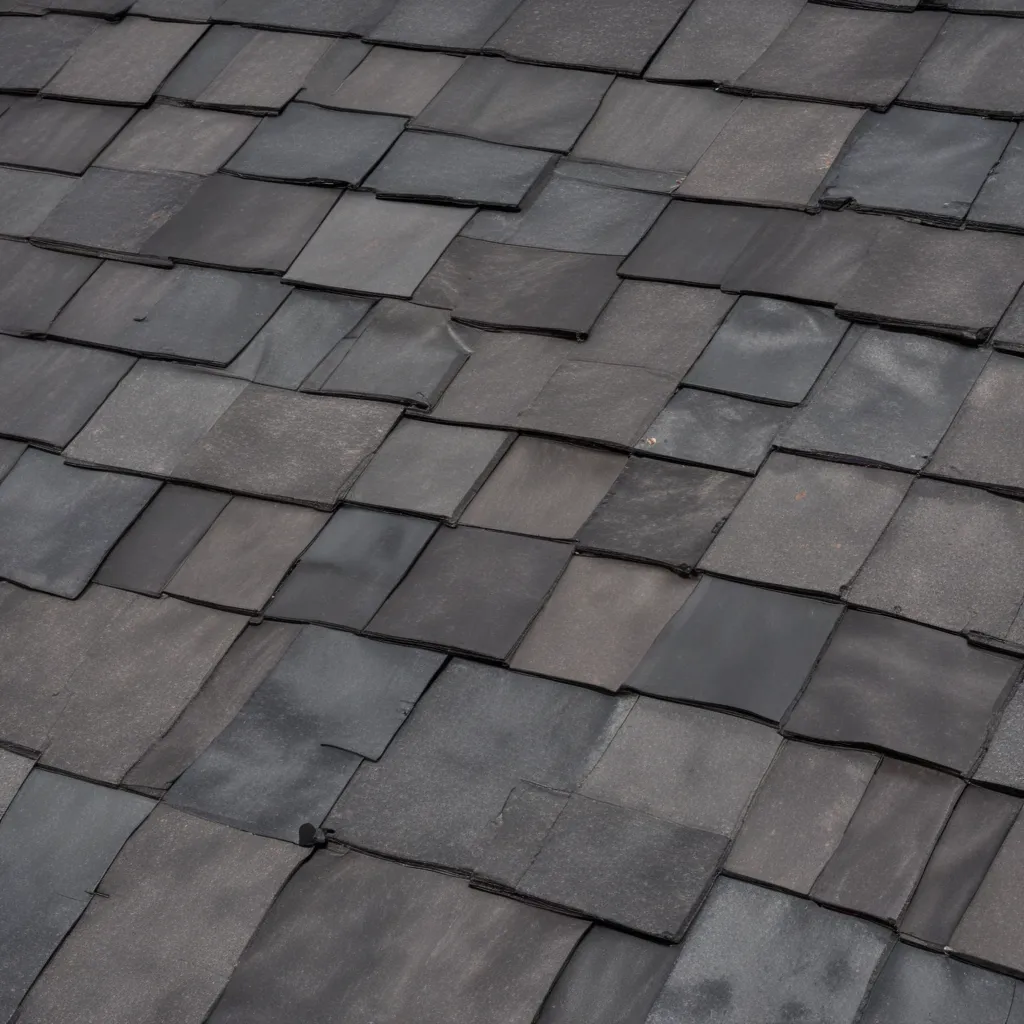
In the ever-evolving landscape of residential roofing, composite materials have emerged as a versatile and innovative option for homeowners seeking resilience, durability, and aesthetic appeal. As the roofing industry continues to adapt to the demands of modern construction, these composite systems are poised to redefine the way we think about protecting our homes.
Characteristics of Composite Roofing
Composite roofing is a category of materials that blend various components, often including fiberglass, polymers, and other synthetic elements, to create a durable and customizable roofing solution. Unlike traditional asphalt shingles or clay tiles, composite roofing offers a unique set of properties that can address the diverse needs of homeowners.
One of the defining characteristics of composite roofing is its dimensional stability. These materials are engineered to resist warping, cracking, and fading, ensuring a consistent and long-lasting appearance on your roof. Additionally, the manufacturing process allows for a wide range of color options and textural variations, enabling homeowners to personalize the aesthetic of their homes.
Advantages of Composite Roofing
The benefits of choosing a composite roofing system go beyond mere aesthetics. These materials are designed to provide enhanced performance in a variety of areas, making them an increasingly attractive option for homeowners.
Durability and Longevity
One of the primary advantages of composite roofing is its remarkable durability. These systems are engineered to withstand the rigors of harsh weather conditions, including high winds, heavy rainfall, and extreme temperatures. Many composite roofing products carry robust warranties, often extending up to 50 years or more, providing homeowners with the peace of mind that their investment will stand the test of time.
Moreover, composite roofing is fire-resistant, making it a safer choice in areas prone to wildfires or other ignition sources. This resilience not only safeguards your home but can also contribute to lower insurance premiums, further adding to the overall value of the investment.
Benefits for Homeowners
As homeowners navigate the roofing market, the appeal of composite materials lies in the unique blend of cost-effectiveness, aesthetic versatility, and environmental consciousness.
Cost-effectiveness
While the initial cost of a composite roofing system may be higher than traditional asphalt shingles, the long-term benefits often outweigh the upfront investment. Composite roofs are known for their extended lifespan, requiring fewer replacement or repair cycles over the lifetime of the home. This translates to lower overall maintenance costs and a more favorable return on investment.
Aesthetic Considerations
Homeowners who prioritize the visual appeal of their homes will find that composite roofing offers a wealth of options to suit their personal style. From sleek, modern designs to rustic, wood-like textures, these materials can seamlessly integrate with a wide range of architectural styles. Furthermore, the color-fastness of composite roofing ensures that your home’s aesthetic remains consistent and vibrant for years to come.
Environmental Impact
As sustainability becomes an increasingly important factor in home improvement decisions, composite roofing materials are often touted for their eco-friendly qualities. Many manufacturers now incorporate recycled content into their composite products, reducing the reliance on virgin materials and contributing to a more circular economy. Additionally, some composite roofing systems boast energy-efficient properties, such as high thermal-reflective values, which can help homeowners reduce their energy consumption and carbon footprint.
Installation and Maintenance
Proper installation and ongoing maintenance are crucial to ensuring the longevity and performance of a composite roofing system. Homeowners should work closely with experienced roofing contractors who are well-versed in the unique requirements of these materials.
Proper Installation Techniques
Correct installation is paramount for composite roofing systems. Roofing contractors must carefully follow the manufacturer’s guidelines, paying close attention to proper ventilation, appropriate underlayment selection, and secure fastening methods. Ensuring a watertight seal around penetrations, such as chimneys and skylights, is also essential to prevent leaks and maximize the system’s performance.
Ongoing Maintenance Requirements
While composite roofing is known for its low-maintenance qualities, homeowners should still be proactive in caring for their roof. Regular inspections to identify and address any minor issues, such as loose fasteners or damaged shingles, can help extend the lifespan of the system. Periodic cleaning to remove debris and moss/algae growth can also contribute to the long-term aesthetic appeal and performance of the roof.
Warranty and Guarantees
When investing in a composite roofing system, it’s crucial for homeowners to thoroughly understand the warranty coverage and any associated guarantees. Many manufacturers offer comprehensive warranties that protect against manufacturing defects, hail damage, and wind uplift, providing an additional layer of assurance for the homeowner.
Resilience and Performance
As the frequency and intensity of extreme weather events continue to rise, the resilience and performance of roofing systems have become increasingly critical considerations for homeowners. Composite materials excel in this regard, delivering enhanced protection against a variety of environmental challenges.
Resistance to Weather and Elements
Composite roofing systems are engineered to withstand the harsh realities of Mother Nature. They are impact-resistant, able to shrug off the blows of hailstones and fallen branches without suffering significant damage. Additionally, these materials are water-resistant and leak-proof, ensuring that your home remains dry and protected even during the most intense downpours.
Energy Efficiency Attributes
The energy-saving potential of composite roofing is another significant advantage for homeowners. Many composite products feature high thermal-reflective values, which can help reduce the amount of heat absorbed by the roof, ultimately lowering the demand for air conditioning and improving energy efficiency. This, in turn, can lead to lower utility bills and a smaller environmental footprint.
Conclusion
As the roofing industry continues to evolve, composite materials have emerged as a resilient and versatile option for homeowners seeking long-lasting protection, enhanced aesthetic appeal, and environmental sustainability. By understanding the unique characteristics, benefits, and maintenance requirements of composite roofing, homeowners can make an informed decision that aligns with their priorities and ensures the lasting integrity of their homes.
For more information on the latest advancements in composite roofing, be sure to visit Genuine Roof Systems – your trusted partner in delivering innovative and resilient roofing solutions.

























